
“Connecting nature”: Smart solutions for Yerevan with EU support
This idea is being realised thanks to the efforts of specialists from the Centre for Ecological and Noospheric Research of the National Academy of Sciences of Armenia (ecocentre).
The Centre is included in the international consortium for the implementation of the Connecting Nature project of the Smart and Sustainable Cities competition programme as part of the Horizon 2020 European Union Research and Innovation Programme. In total, the consortium includes 29 organisations and 16 cities representing 14 countries, including Armenia’s Yerevan.
The aim of the project is to find new, environmentally friendly ideas and solutions to environmental problems in Yerevan. For instance, to determine the types of plants and trees that are most suitable for a given environmental situation for different areas of the city. The main idea is to create a platform for solving urban problems through cooperation and attraction of donors.
“Using the experience of European countries, we are trying to find environmentally friendly solutions to urban problems. ‘Connecting Nature’ creates a platform where scientists, developers of green projects and donors can combine their efforts,” Lilit Sahakyan, vice director for research at the Centre for Environmental and Noospheric Research, said in an interview.
“It is important that the city authorities, who should be interested in providing a quality life for the city residents, cooperate with the project,” Lilit added.
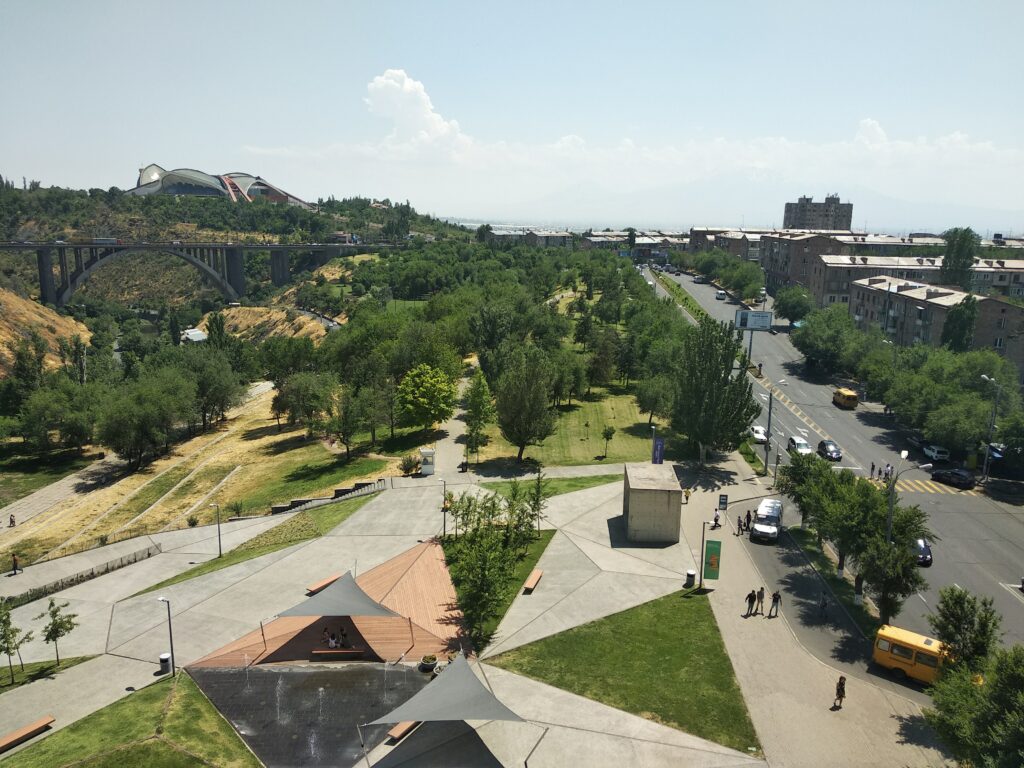 Yerevan, Armenia, bird view. (Credit: Unsplash.com)
Yerevan, Armenia, bird view. (Credit: Unsplash.com)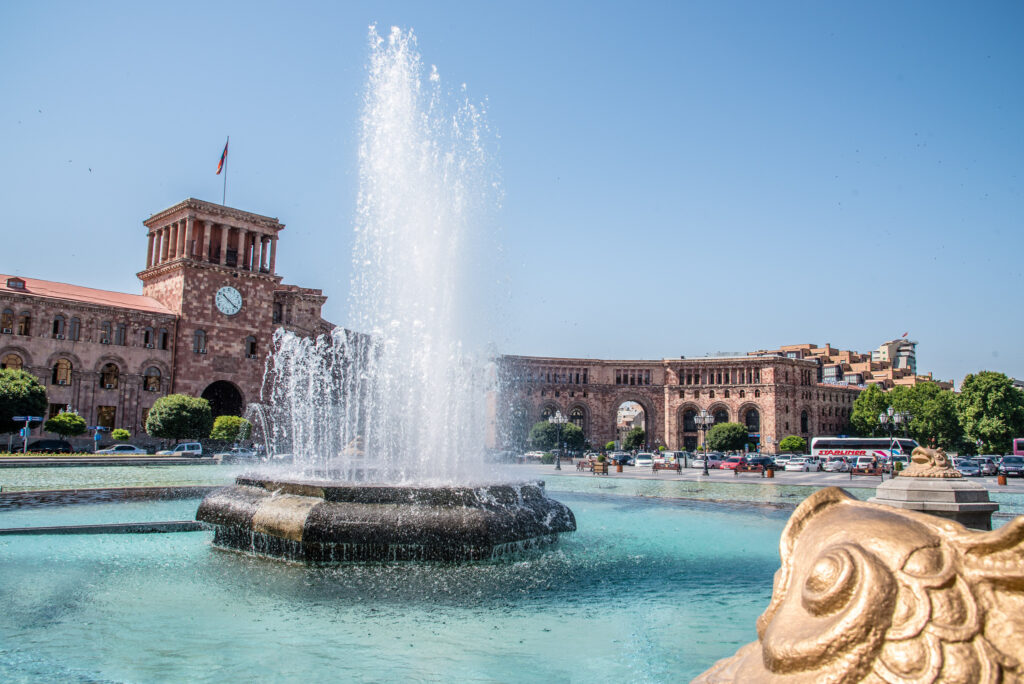 Yerevan, Armenia, central square
Yerevan, Armenia, central square
Yerevan’s soil and air are contaminated with heavy metals and dust. Experts have been talking about this for many years.
“If we live in an unhealthy and polluted environment, it means that our rights are violated,” says Lilit Sahakyan.
The goal of the Smart and Sustainable Cities programme is to create more comfortable and smart, innovative and developed cities.
“Let us say, in the case of Yerevan, we made the main emphasis on the expansion of green space. Our Centre has studied the environmental problems of the capital for many years, and we know that we live in a polluted environment. Another part of our research concerns the selection of plant species that can not only survive in a polluted environment, but also clean the atmosphere, are resistant to the climatic conditions of this space and are able to withstand heavy metals, dust and pollutants, as well as clean the air,” she says.
The Centre’s specialists developed the project based on their research back in 2007-2008 and presented it to the Yerevan mayor’s office.
Lilit says that thanks to the project and the participation of the institute in the Connecting Nature consortium, it was possible to get acquainted with the best European experience. “Moreover, this allowed the inclusion of decision-making institutions in the project, in this case, the Yerevan Municipality. That is, ideas, science and donors are concentrated in one place,” she adds.
The project is designed for 2017-2023. So far, the Yerevan mayor’s office together with the Eurasia Cooperation Fund managed to erect a green wall in one of the Yerevan kindergartens.
“For many years we studied the level of soil pollution in Yerevan kindergartens. Having identified the most polluted territories, together with the city hall, we chose a kindergarten, where a green wall was erected,” says Lilit Sahakyan.
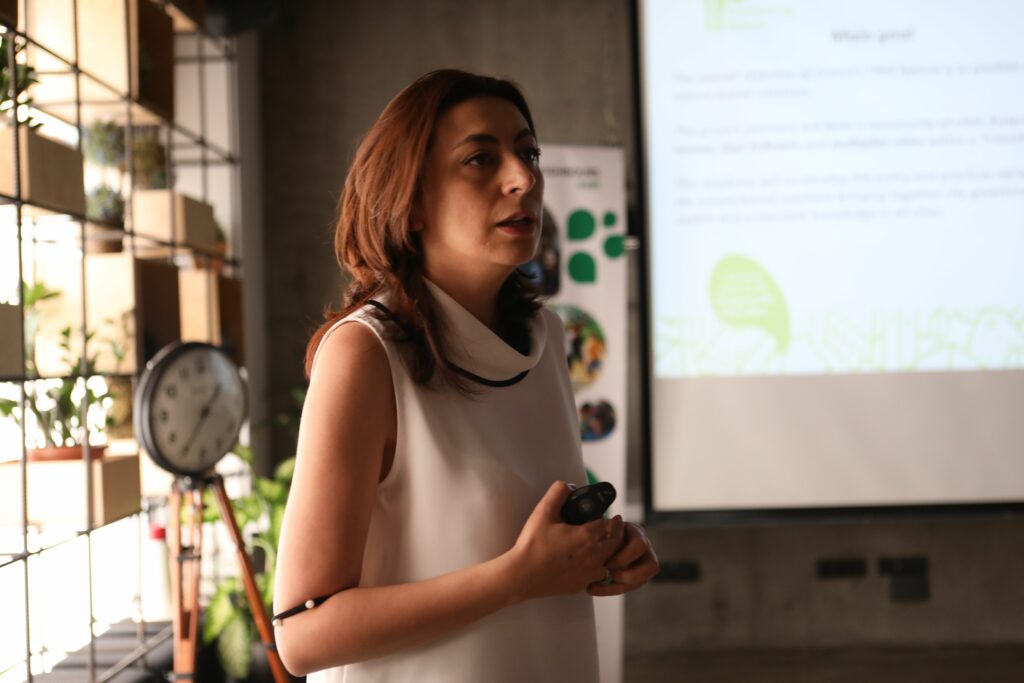 Lilit Sahakyan, vice director for research at the Centre for Environmental and Noospheric Research
Lilit Sahakyan, vice director for research at the Centre for Environmental and Noospheric Research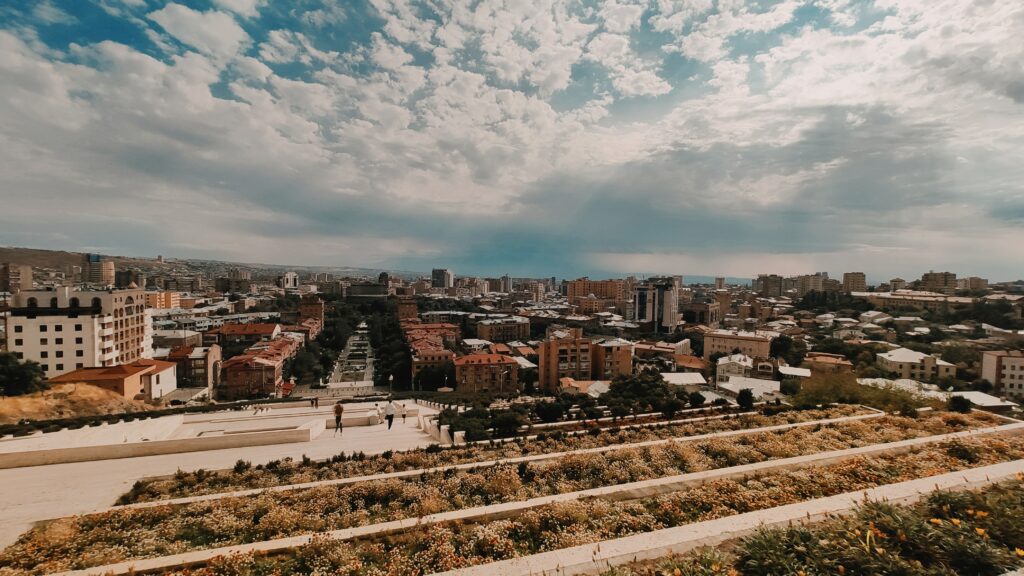 Yerevan, Armenia (Credit: Unsplash.com)
Yerevan, Armenia (Credit: Unsplash.com) Part in Yerevan, Armenia (Credit: Unsplash.com)
Part in Yerevan, Armenia (Credit: Unsplash.com)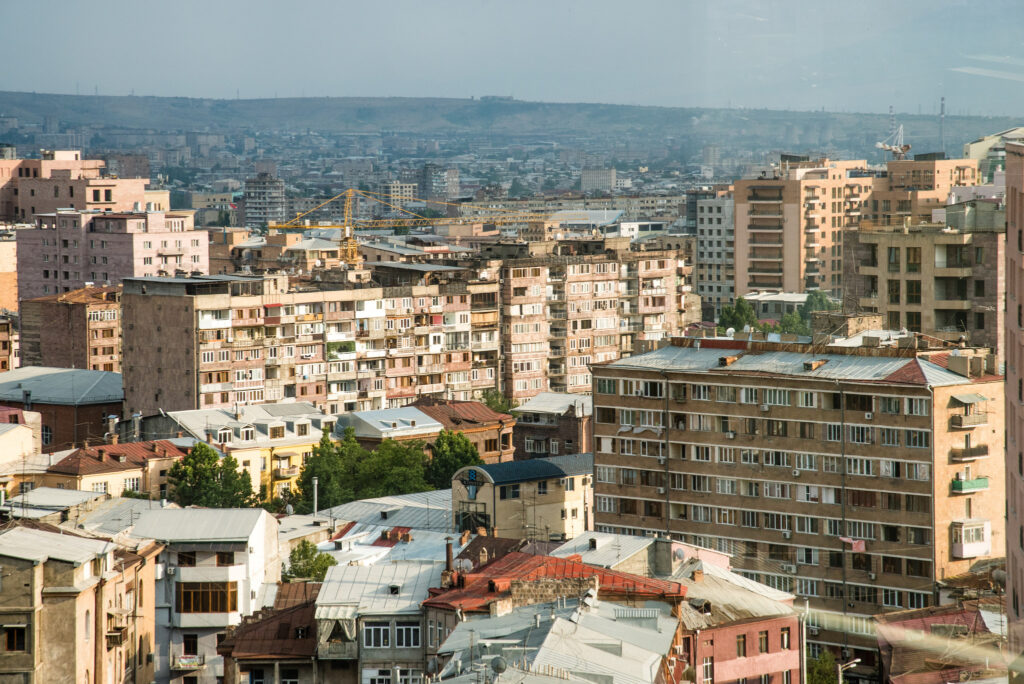 Condominiums in residential district of Yerevan, Armenia
Condominiums in residential district of Yerevan, Armenia
According to her, residents of Yerevan have been under the influence of dust and metal pollution since the Soviet times. Yerevan is located in a semi-desert zone, and pollution by heavy metals and dust is present in all urban prefectures.
Lilit says that for many years 50-60% of the industrial enterprises of Armenia were concentrated in the centre of Yerevan, where 34% of the country’s population lives, although its territory does not make up even 1% of the country’s area.
Solving environmental problems is an expensive pleasure for all countries. But, as Lilit Sahakyan says, green decisions must pave their way so that Yerevan can attract financing from the outside.
Work with the city authorities in this matter is not going so smoothly, and according to Lilith, there are reasons for that.
“The solution of environmental problems sounds somewhat ‘elitist’ against the background of everyday tasks. But we are trying to move forward,” says Lilit Sahakyan.
Gevorg Navasardyan, the acting head of the Department of Ecology of the Yerevan Municipality, says that work is progressing slowly, but the Yerevan mayor’s office intends to intensify cooperation with both the ecocentre and international institutions. The first step in the framework of this project was the fact that on 8-9 October of this year the specialists of the Yerevan Municipality took part in the project’s event in Tbilisi.
Touching upon the initiative to build green walls in Yerevan kindergartens, the mayor’s office considers this a good idea and intends to contribute to the promotion and expansion of the project.
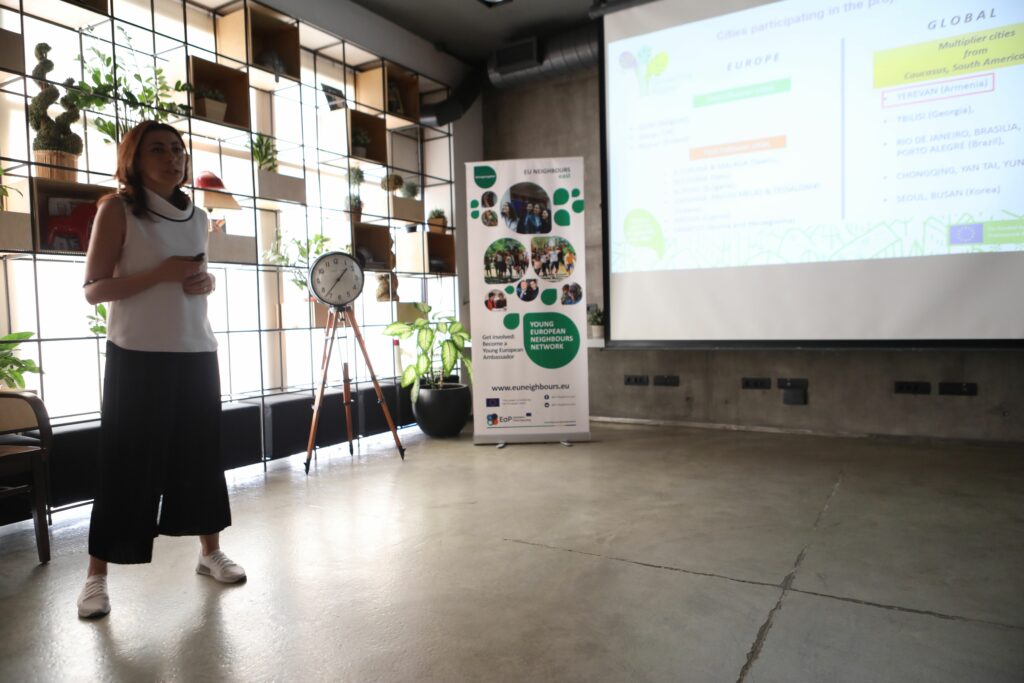 Lilit Sahakyan at the project presentation in Yerevan on 4 October 2019
Lilit Sahakyan at the project presentation in Yerevan on 4 October 2019 Lilit Sahakyan at the project presentation in Yerevan on 4 October 2019
Lilit Sahakyan at the project presentation in Yerevan on 4 October 2019
“The mayor’s office, in collaboration with the ecocentre, carries out landscaping, determining which types of plants are most suitable for a particular district, while maintaining balance.”
According to the representative of the mayor’s office, the number of vehicles in Yerevan is growing rapidly, and since there are no free and new zones in the city that can be landscaped, there is an idea to follow the path of vertical landscaping.
Gevorg Navasardyan explained: “Just as green walls are created in kindergartens, we will try to erect them in other zones. Previously, we intend to apply vertical gardening solutions in the area of a number of crossings.”
The mayor’s office’s official noted that the city authorities also hoped for the support of the population in creating the clean environment.
Author: Roza Hovhannisyan
Article published in Armenian, Russian and English by Lragir.am
MOST READ
SEE ALSO
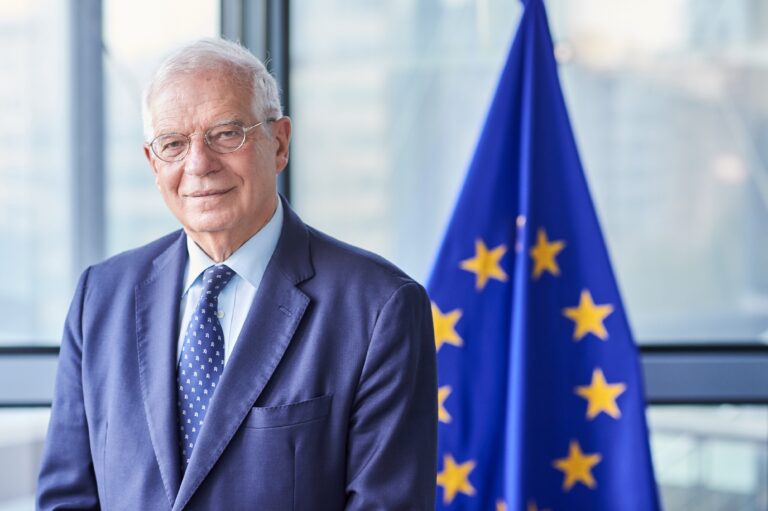
No, time is not on Russia‘s side
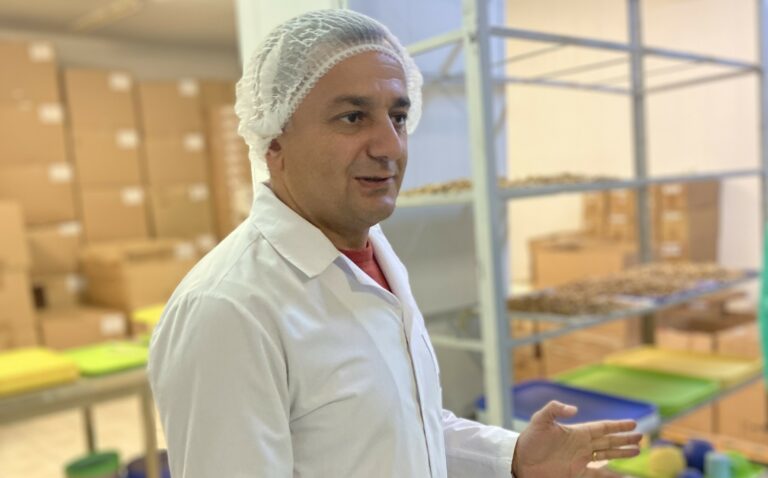
Sweet smell of chocolate
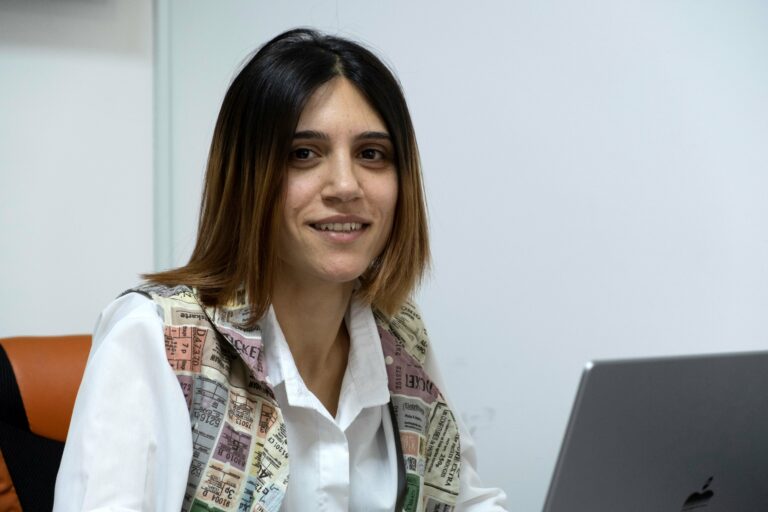
‘Be yourself, and always move forward’: Meri’s advice to young women in business

Be one step ahead of a hacker: check simple cybersecurity tips!
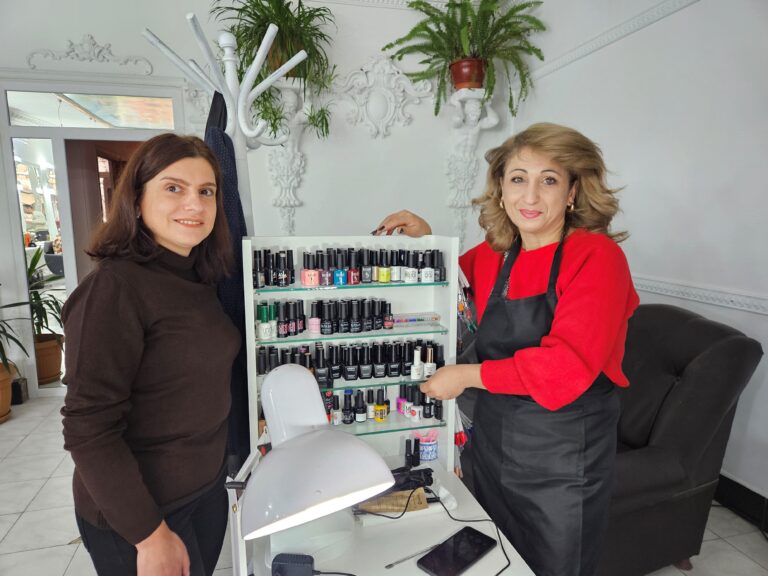
The power of skills: women paving the way to their own business in rural Armenia
More campaign pages:
Interested in the latest news and opportunities?
This website is managed by the EU-funded Regional Communication Programme for the Eastern Neighbourhood ('EU NEIGHBOURS east’), which complements and supports the communication of the Delegations of the European Union in the Eastern partner countries, and works under the guidance of the European Commission’s Directorate-General for Neighbourhood Policy and Enlargement Negotiations, and the European External Action Service. EU NEIGHBOURS east is implemented by a GOPA PACE-led consortium. It is part of the larger Neighbourhood Communication Programme (2020-2024) for the EU's Eastern and Southern Neighbourhood, which also includes 'EU NEIGHBOURS south’ project that runs the EU Neighbours portal.

The information on this site is subject to a Disclaimer and Protection of personal data. © European Union,







